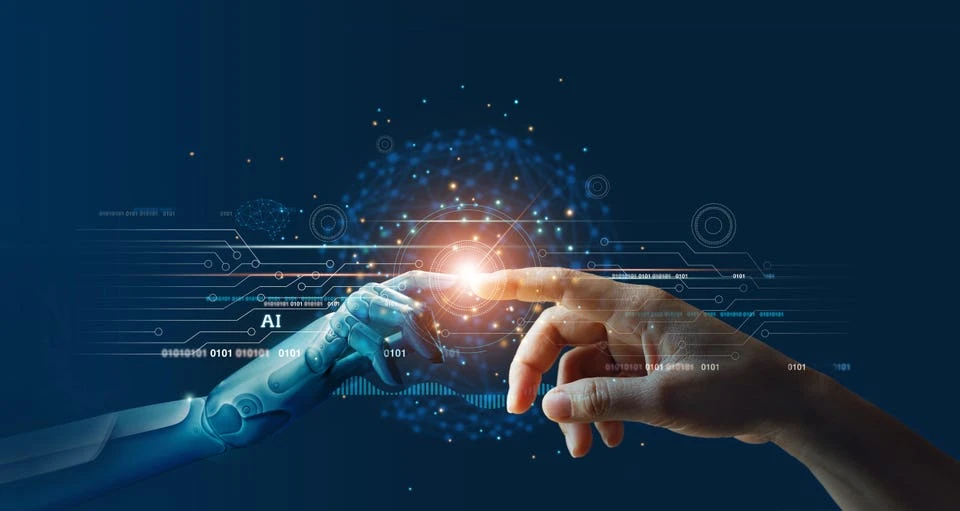Beyond ChatGPT: AI Simulation Is The Next Frontier Of Advanced Computing
Artificial intelligence (AI) is evolving rapidly, extending beyond traditional applications such as writing essays and summarizing documents. As the demand for AI capabilities to address complex real-world challenges grows, there is a crucial need for a new form of AI that can generate high-quality data based on real-world physics and dynamics.
The Role of AI Simulation
SandboxAQ CEO Jack Hidary emphasizes the need for AI simulation, which merges quantum physics techniques with deep learning to tackle pressing issues such as biopharma development, renewable energy, materials innovation, water filtration, and other critical goals. Traditional AI tools, including large language models (LLMs) and visual learning models (VLMs), are insufficient to address these challenges effectively.
AI simulation’s potential in biopharma development is exemplified by the extensive time and cost required for bringing a new medication to market. The adoption of AI simulation to optimize drug development processes can significantly reduce both the timeline and costs associated with bringing safe and effective medicines to patients.
The Path to Breakthroughs
AI simulation offers a revolutionary approach to tackling challenging, undruggable conditions like cancer and Alzheimer’s disease. By leveraging quantum mechanical interactions between drug compounds and human receptors, simulated on classical computing hardware, new data is generated from physics, unlocking insights that have evaded researchers for decades.
It enables researchers to design safer drugs with a higher likelihood of success in clinical trials, while also minimizing the need for extensive physical experiments. The accelerated pace of drug discovery and development made possible by AI simulation demonstrates the transformative potential of this approach.
Expanding Applications Beyond Medicine
AI simulation extends its benefits to various industries, including clean energy, materials science, food technology, cosmetics product development, and more. It provides researchers with the ability to explore countless combinations and optimize designs using AI, significantly expediting the development and optimization of advanced technologies.
The marriage of AI and simulation has the potential to accelerate the creation of more sustainable and advanced solutions in fields such as biodegradable plastics, sustainable construction materials, and safer consumer products. By harnessing these technologies, researchers can drive innovations that improve the quality of products we interact with daily.
Integration with Real-World Testing
While AI simulation offers vast potential, it is crucial to validate the results through physical testing. This approach ensures the safety and efficacy of the suggested molecular structures while contributing to the continuous improvement of AI models. The combination of AI simulation and physical testing creates a feedback loop that drives progress forward.
This iterative process, underpinned by reinforcement learning, strengthens the AI models and expedites innovation, ultimately leading to valuable commercial and societal benefits. It is essential to emphasize the collaborative effort required to harness the power of AI simulation, involving engineers, leaders, and learning institutions in upskilling and democratizing these impactful tools worldwide.
The convergence of AI and simulation represents a pivotal moment in advancing computational capabilities, with far-reaching implications across industries. By leveraging these innovative tools, society stands to gain significant advantages in addressing complex challenges and driving meaningful progress.
The fusion of AI and simulation not only accelerates breakthroughs but also empowers researchers to explore new frontiers in creating advanced solutions that could revolutionize various sectors. As AI simulation continues to advance, its integration into real-world applications holds the potential to transform industries and drive positive change.
Source: forbes








No Comments